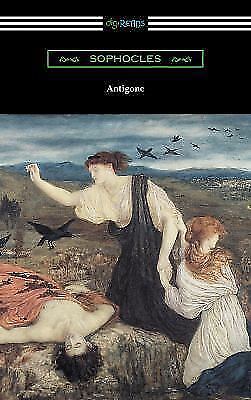


M., to capture the ancient stage, has brought to life the technicalities of the ancient language and through the vernacular has allowed the student an appreciation of the compositional sophistication of Sophocles’ metre. Suddenly the student of Greek performance is reminded that, unlike modern renditions of Sophocles or indeed the spoken words of modern plays more generally, metre influences and transforms the meaning of the performance. The impact of this lyrical composition is that the ancient stage is brought to the modern era and vividly transferred to modern performers, dancers and-ultimately-to the modern audience. In other words, M.’s aim is to animate the musical and performative element of the ancient text, re-animate how it would have been performed in antiquity with rhythm and pulse, removing the mundanity of most motionless translations of ancient Greek drama. firmly sets out ‘to do justice to the rhythmic character of the spoken passages by using a strict iambic pentameter, while conveying the musicality of the songs by using short, rhymed stanzas.’ (p.ix).


 0 kommentar(er)
0 kommentar(er)
